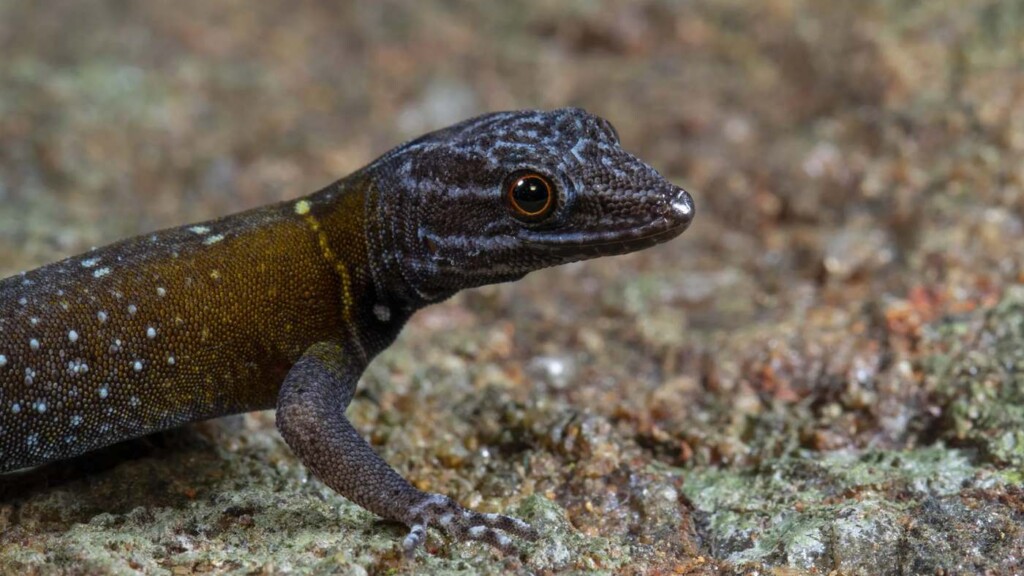New Delhi: The Defence Research & Development Organisation (DRDO) observed the 63rd Foundation Day of its establishment on Friday, 1st January 2021. G. Satheesh Reddy, Secretary DDR&D & Chairman DRDO met Defence Minister Rajnath Singh and presented him with a model of the Akash Missile System, which was recently
cleared for export. On the occasion, the Chairman of DRDO along with DGs and Directors of DRDO HQ paid floral tributes to former President APJ Abdul Kalam at DRDO Bhawan, according to a press statement from the Ministry of Defence. The Ministry stated that DRDO was established in 1958 with just 10 laboratories to enhance the research work in the Defence sector and was tasked with designing and developing cutting-edge defence technologies for the Indian Armed Forces. The Defence Ministry stated that today, the DRDO is working in multiple cutting-edge military technology areas, which include aeronautics, armaments, combat vehicles, electronics, instrumentation, engineering systems, missiles, materials, naval systems, advanced computing, simulation, cyber, life sciences, and other technologies for defence. Addressing the DRDO fraternity, the DRDO Chairman Reddy extended warm wishes to DRDO employees and their families. He stated that an eventful year has passed and a new one is about to begin, and asked scientists to innovate and create for the nation. He said that efforts of DRDO have given a quantum jump to India’s self reliance in defence, contributing towards Atmanirbhar Bharat. He declared ‘Export’ as the theme of DRDO for 2021 and mentioned that many products based on DRDO technologies have already been exported by DPSUs and industry. He said that in 2020, the DRDO achieved many milestones such as the maiden landing of LCA Navy onboard INS Vikramaditya, demonstration of Hypersonic Technology Demonstration Vehicle (HSTDV), Quantum Key Distribution (QKD) & QRNG developments in the area of Quantum Technology, Laser Guided Anti Tank Guided Missile (ATGM), Supersonic Missile Assisted Release of Torpedo (SMART), Anti Radiation Missile (NGARM), enhanced version of PINAKA Rocket System, Quick Reaction Surface to Air Missile (QRSAM), Maiden launch of MRSAM, 5.56 x 30 mm Joint Venture Protective Carbine (JVPC), and many other milestones. He highlighted the contributions of DRDO during the Covid-19 pandemic and said that nearly 40 DRDO laboratories developed more than 50 technologies and over 100 products on a war footing for combating the Novel Coronavirus pandemic in India. These included PPE kits, sanitizers, masks, UV-based disinfection systems, Germi Klean, and critical parts of ventilators leading to ventilator manufacturing in the country in a very short span of time. He further said that DRDO has established three dedicated Covid hospitals at Delhi, Patna, and Muzaffarpur in a record time for strengthening the medical infrastructure. In addition, Mobile Virology Research and Diagnostics Laboratory (MVRDL) were developed to speed-up the Covid-19 screening and R&D activities at various locations for strengthening the Covid testing capabilities. The DRDO Chairman mentioned that new policies and procedures were launched for increasing the efficiency and ease of engagement with various stakeholders in the development, saying DRDO has also taken major steps for further strengthening its base for taking up technological challenges for the defence systems development and will continue to strive for the best in defence technology and ensure the system development in the shortest time. While congratulating DRDO scientists and all other personnel who worked in close coordination with the armed forces for user trials, he set many targets for them. He talked about the flagship programmes of DRDO such as Hypersonic Cruise Missile, Advanced Medium Combat Aircraft (AMCA), New Generation MBT, Unmanned Combat Aerial Vehicle, Enhanced AEW&CS, LCA MK II, and many other systems. In his speech, Chairman Reddy called upon DRDO scientists to focus on next generation needs including cyber security, space and, artificial intelligence. The immense potential available in DRDO has been a catalyst for the development of industries in defence manufacturing sector, he said, as per the Defence Ministry statement. The Chairman highlighted that the academic institutes, R&D organisations and industry need to work together on the advanced and futuristic technologies to make India self-reliant in defence sector. He mentioned that a number of SMEs and MSMEs are supplying small components to subsystems for all DRDO projects and have been nurtured by DRDO. Now they have become partners in all new developments. He stated that DRDO conducted a competition called ‘Dare to Dream’ for startups and very enthusiastic response have been received. He further added that at least 30 startups should be supported every year to develop innovative products for the armed forces. He said that DRDO should make efforts towards strengthening long term ties with academia and aim to leverage the academic expertise available in the country and increase the synergy with them, remarking that DRDO should concentrate on applied research and translational research and then make prototypes from the applied research. He further said that the industry should be in a position to adopt these technologies and have necessary infrastructure, and scale these up to market with sustained quality. He underlined the need to focus on documentation and production for faster induction, and said that many new initiatives towards enabling the industry and empowering youth for Defence R&D will be taken by DRDO.DRDO Chairman Reddy also launched an Online Industry Partner Registration Module to simplify the process of vendor registration. He released the DRDO Monograph on ‘Issues on Development of Communication Technology using Orbiting Satellites’ and also the Environmental Safety Manual and Guidelines for Disposal of Life Expired Chemicals and Gases at DRDO Laboratories.
Source: https://indusdictum.com/:  Cnemaspis vangoghi – Akshay Khandekar
Cnemaspis vangoghi – Akshay Khandekar



